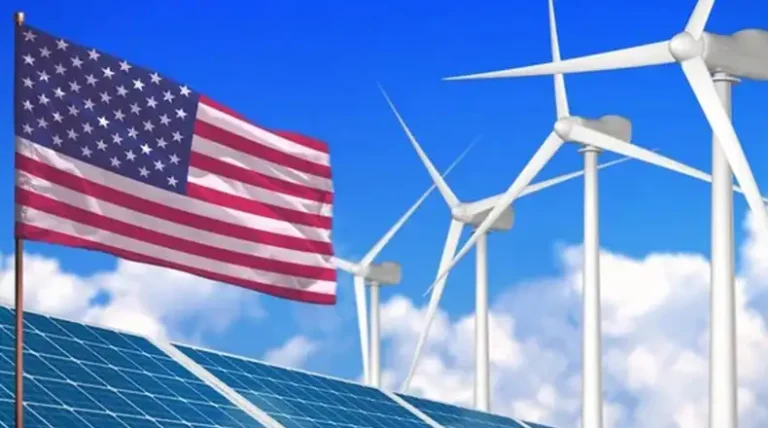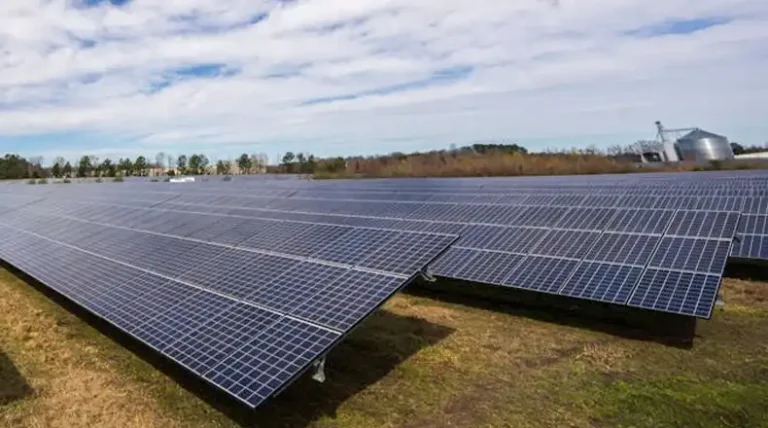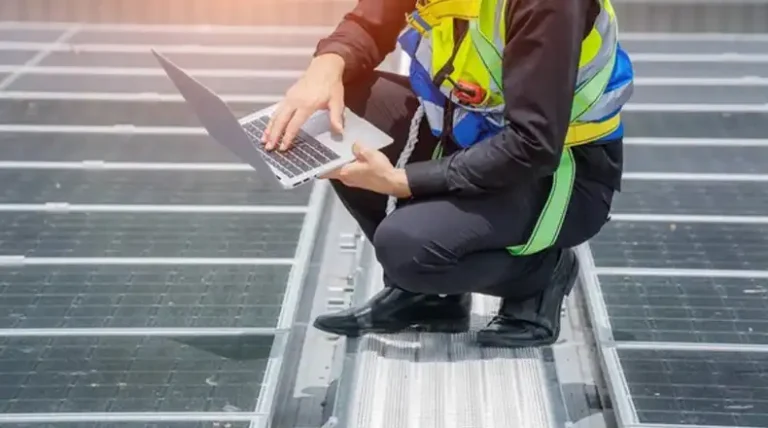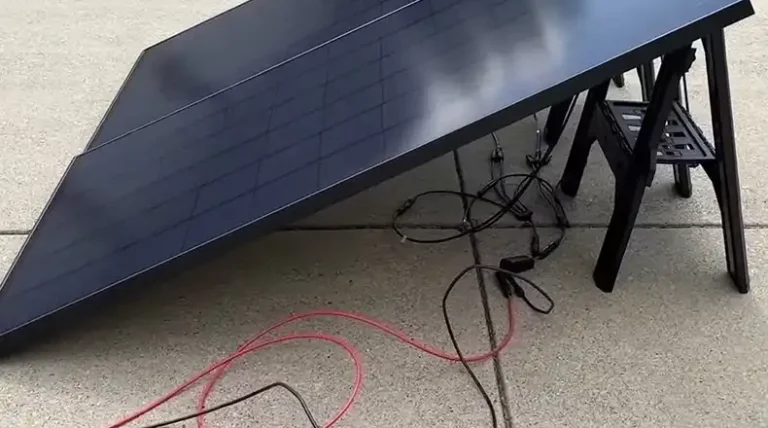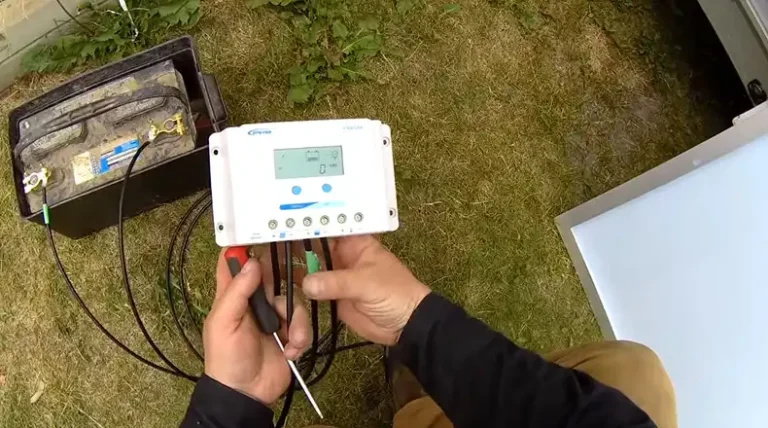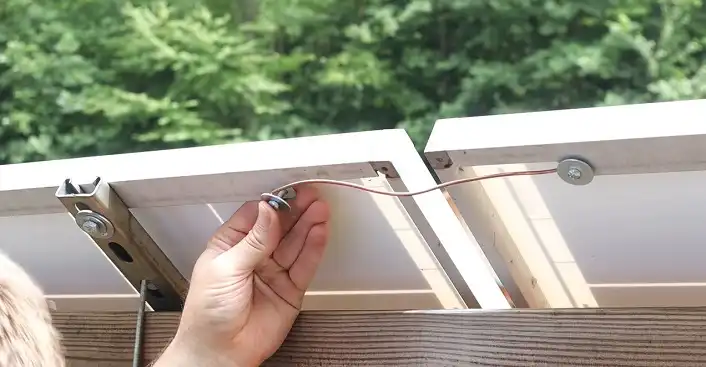What Size Solar Panel for Well Pump? What to Know
Utilizing the sun’s energy to power essential household functions has grown in appeal over the years. One significant area of interest is well pumps, which are critical for those living off municipal water supplies. So, the vital question is, What size solar panel do you need for a well pump?
Typically, the size of the solar panel required depends on the power consumption of the well pump and daily energy needs. But there’s more to consider than just this simple answer.
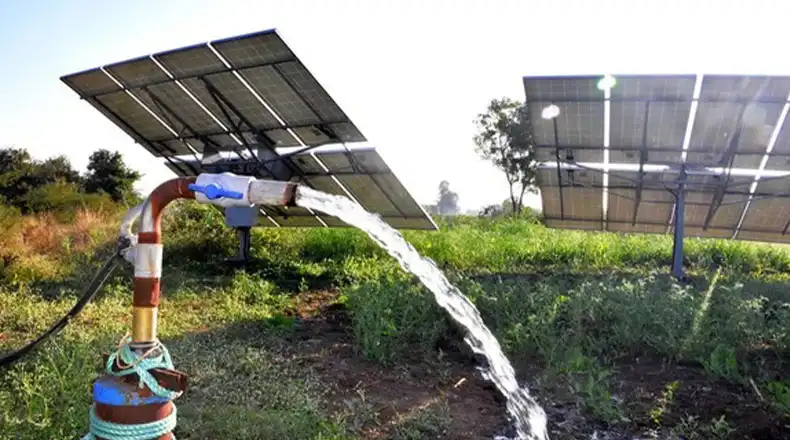
How I Calculate the Solar Panel Size for Well Pump
Before going to the calculation we need to know energy requirements for well pump –
1. Determine the Pump’s Wattage
Start by finding out the wattage of your pump. This information is usually printed on the pump itself or its manual. For example, a pump might operate at 500 watts.
2. Calculate Daily Energy Consumption
Determine how many hours a day the pump runs. Multiply the pump’s wattage by the number of hours to get daily energy consumption. For instance, if a 500-watt pump runs for 4 hours daily, it will consume 2,000 watt-hours or 2 kWh.
To calculate the solar panel size required, consider these steps:
- Determine Daily Water Consumption: Calculate the total daily water demand in gallons.
- Well Pump’s Wattage: Find out your well pump’s power consumption in watts.
- Sunlight Hours: Research the average sunlight hours in your location, which is typically measured in peak sun hours.
- Energy Efficiency: Consider the energy efficiency of your pump. Some pumps are more efficient, reducing the required panel size.
Use the following formula to calculate the panel size in watts:
Panel Size (W)=Daily Water Demand (GPD)×Well Pump’s Wattage (W)Sunlight Hours×Efficiency Factor
Imagine you have a medium-sized well pump with the following specifications:
- Daily Water Demand: 50 gallons
- Well Pump’s Wattage: 250 watts
- Sunlight Hours (in your location): 5 hours
- Energy Efficiency of the pump: 85% (or 0.85 in decimal form)
So, the panel size will be:
Panel Size (W)=50×2505×0.85
Panel Size (W)=12,5004.25
Panel Size (W)≈2,941 watts
This seems high for a medium-sized pump, but it illustrates the importance of getting realistic values for water demand and pump wattage. Adjusting the formula and the values used will provide a more accurate estimation.
Here are the common panel sizes for the well pump:
- Small well pumps (1/2 – 1 HP): 100-300 watts
- Medium-sized well pumps (1 – 2 HP): 300-600 watts
- Larger well pumps (2 – 3 HP): 600-1000 watts
So, How Many Solar Panels Do I Need to Run a Well Pump?
Knowing the wattage requirement is only half the battle; the next logical step is figuring out how many solar panels you’d need to meet this demand.
Solar panels come in various sizes. Residential panels typically range from 250 watts to 400 watts. For our calculations, let’s use a common 300-watt panel as an example.
Use the following formula to determine the number of panels:
Number of Panels=Required Panel Size (from previous calculations)Individual Panel Wattage
Example Calculation:
Let’s assume, based on our prior calculations, that you’ve determined you need 600 watts to run your well pump.
Using a 300-watt panel:
Number of Panels=600300
Number of Panels=2
So, you’d need two 300-watt solar panels to sufficiently power your well pump.
Real-world conditions mean solar panels often operate below their maximum efficiency due to shade, dirt, angle to the sun, and other factors. It’s a good rule of thumb to add an extra 10-20% of capacity to account for these inefficiencies. So, in our example, you might consider getting an additional panel or a higher-wattage panel to ensure consistent power.
Solar panels last for years. If you anticipate an increase in water usage or any other additional power needs in the future, you might consider adding more capacity now to avoid the need for system upgrades soon.
Factors Influencing Solar Panel Size
Although we have provided a formula that will help you determine the size of your solar panel system for a well pump and how many panels you’ll need, there are several other factors that may influence your decision. Here are they:
1. Well Depth
Deeper wells require more power to pump water to the surface. The deeper your well, the larger the solar panel array you’ll need to ensure a consistent water supply.
2. Daily Water Demand
Your well pump’s output capacity and the volume of water you need daily are crucial. Calculate the gallons per day (GPD) your household requires to establish the necessary pump power.
3. Sunlight Availability
The geographical location and the number of sunlight hours play a significant role in panel size. Sunnier regions require smaller panels than areas with less sunlight.
Benefits of Solar-Powered Well Pumps
- Eco-Friendly: Reduce carbon footprint and promote sustainable living.
- Operational Savings: Reduce or eliminate electricity bills related to well pump operation.
- Independence: Not being tied to the grid can provide operational peace of mind, especially in areas prone to power outages.
Challenges to Consider
- Initial Costs: While operational costs might be lower, the initial investment in solar panels, inverters, and batteries can be high.
- Weather Dependence: Reduced sunlight on cloudy days can affect pump performance unless you have adequate energy storage.
Concluding Remarks
Transitioning your well pump to solar power is both an eco-friendly and economical choice in the long run. By assessing your pump’s energy requirements and understanding the solar potential of your region, you can size your solar panel system appropriately. As solar technology advances, it’s becoming an increasingly feasible solution for diverse applications like well pumps. If you’re contemplating this solar transition, you’re on the path to a sustainable, self-sufficient future.
Queries from the Community
- Can I use a battery backup with my solar well pump? Absolutely! Batteries can store excess energy, ensuring the pump functions even during cloudy days or at night.
- Are there solar-specific well pumps available? Yes, there are pumps designed explicitly for solar operations, optimized for varying solar input conditions.
- How long do solar panels last? Most solar panels come with a 25-year warranty, but they can last longer, albeit with some decrease in efficiency over time.
- Is maintenance a concern with solar-powered pumps? All systems need periodic checks, but solar systems typically demand less maintenance than traditional grid-powered ones.

